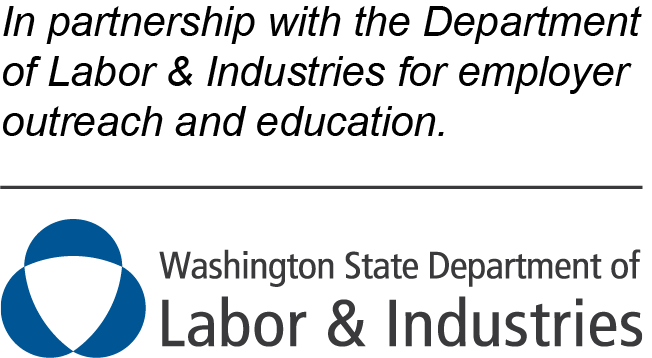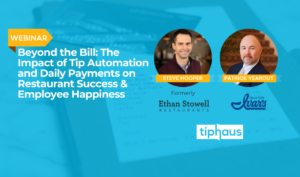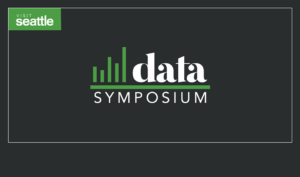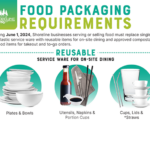
(State agency oversight: Washington State Employment Security Department)
Washington’s Paid Family and Medical Leave program allows eligible workers to take up to 12 weeks of paid medical leave or family leave, or up to 16 to 18 weeks of combined medical and family leave in a year.
The program is administered by the Employment Security Department. Nearly every Washington worker can qualify for Paid Family and Medical Leave if they’ve worked a minimum of 820 hours (about 16 hours a week) in Washington over the last year.
The 820 hours can be at one job or combined from multiple jobs. Full-time, part-time, temporary and seasonal work counts.
The duration of an employee’s leave is the amount of time for which they are approved based on their healthcare provider’s certification, or the length of time that is standard for their event (like 12 weeks for family leave).
They do not have to take their leave all at once. For example, they may take two days a week for ongoing treatments related to a serious health condition.
Notification
You are required to inform your employees about Washington’s Paid Family and Medical Leave program by posting a notice in a place customarily used to post other employment-related notices.
You may also want to share a paystub insert with employees to explain the withholding.
If you have an employee who is taking time off for their health condition, or to care for a family member with a health condition, you must let the employee know they may qualify for Paid Family and Medical Leave within five business days of learning of the qualifying event.
Get posters, notices and sample paystub inserts from the Employment Security Department at paidleave.wa.gov/help-center/employers.
Premiums
Paid Family and Medical Leave is funded by premiums paid by employees and employers.
Businesses with fewer than 50 employees do not have to pay the employer portion of the premium, but employees at small businesses pay their portion, just like employees at large businesses.
Employers must still remit the employee portion of the premium.
In 2023, the premium rate is 0.8% of each employee’s gross wages, not including tips, up to the 2023 Social Security cap ($160,200). This premium is divided between the employer and the employee as follows:
Employee premium (mandatory for all employees)
In 2023, up to 72.76% can be paid by the employee. Employers are required to either withhold this amount from each employee’s paycheck or pay it on their employees’ behalf. Employers then submit this portion of the premium to the state along with their quarterly reports.
Employer premium (mandatory for businesses with 50+ employees)
About 27.24% of the premium is the employer’s share. If your business has 50 or more employees, you must pay the employer share of the premium. This is determined each September and takes effect the following January for that full calendar year. If you have fewer than 50 employees, you don’t have to pay the employer premium unless you have received a small business assistance grant.
All employers may either withhold employees’ premiums from their paychecks or pay some or all of the premium on their employees’ behalf. Employers cannot collect missed premiums in later pay periods.
Quarterly reporting and premium payments
Every quarter, all employers must complete and file a report and pay Paid Family and Medical Leave premiums. Here’s what your report should include:
- Basic details about your business and employees
- Each employee’s total hours worked, including paid time off
- Each employee’s total wages, excluding tips
Small business assistance grants
Employers with fewer than 50 employees are eligible for grants to help cover costs associated with employees on leave.
If you added a new employee to your payroll to replace an employee on Paid Leave, you can apply for a grant of up to $3,000 to cover adding a temporary employee.
If you did not add a new employee to your payroll but had other wage-related costs like paying additional wages to an existing employee, using a temp agency or purchasing additional equipment, you can apply for a wage-related costs grant of up to $1,000.
Additional Resources
Washington Hospitality Association
Labor & Industries
Employment Security Department





























